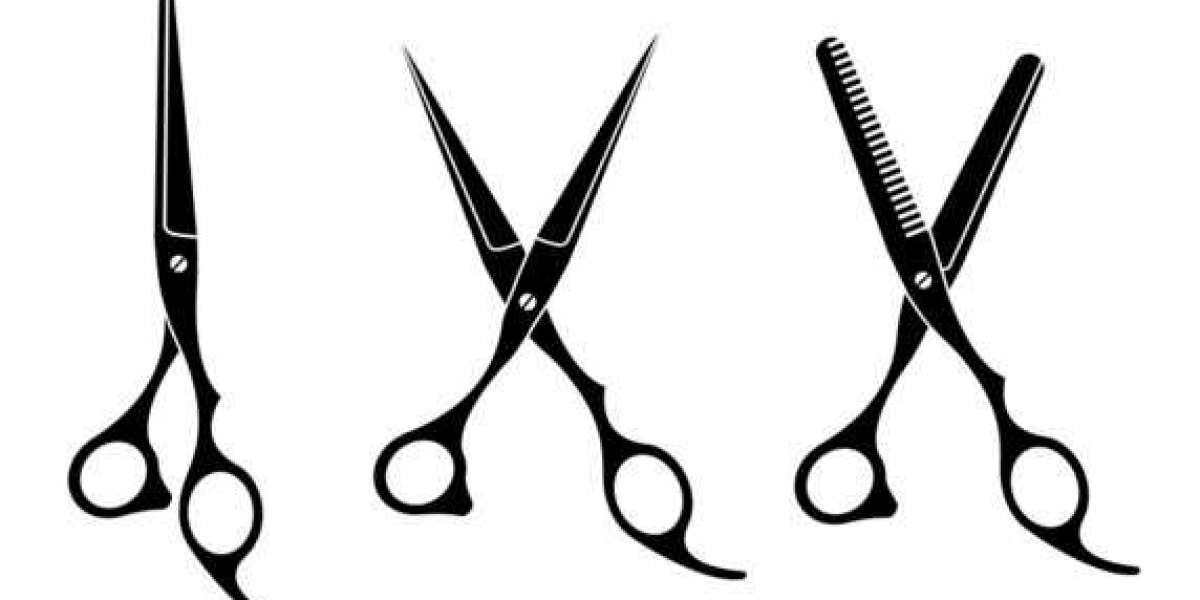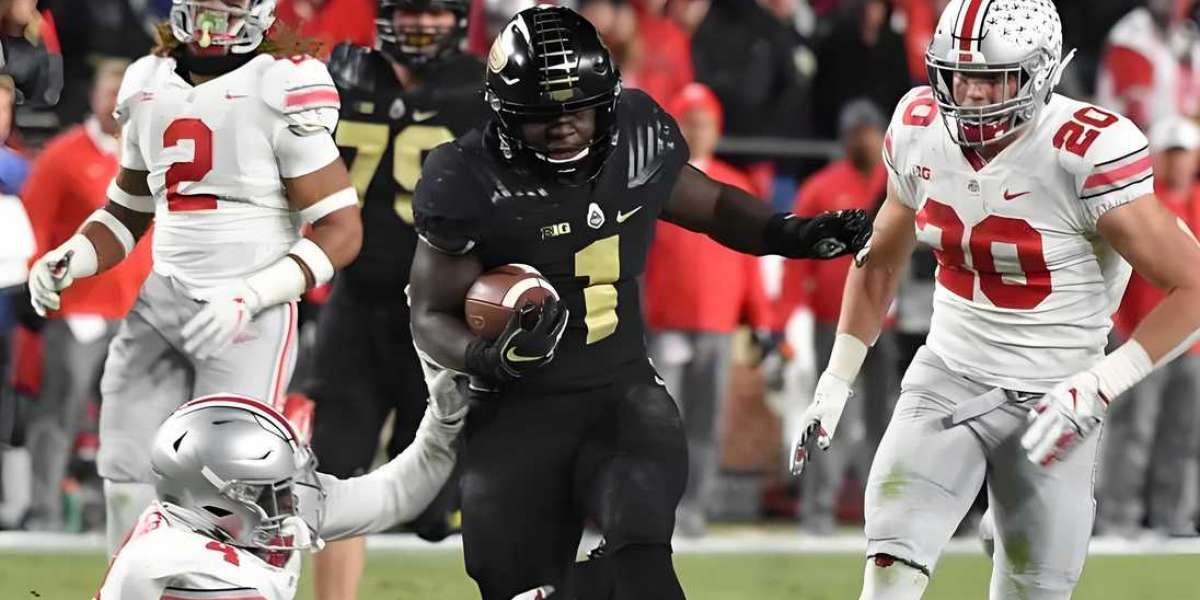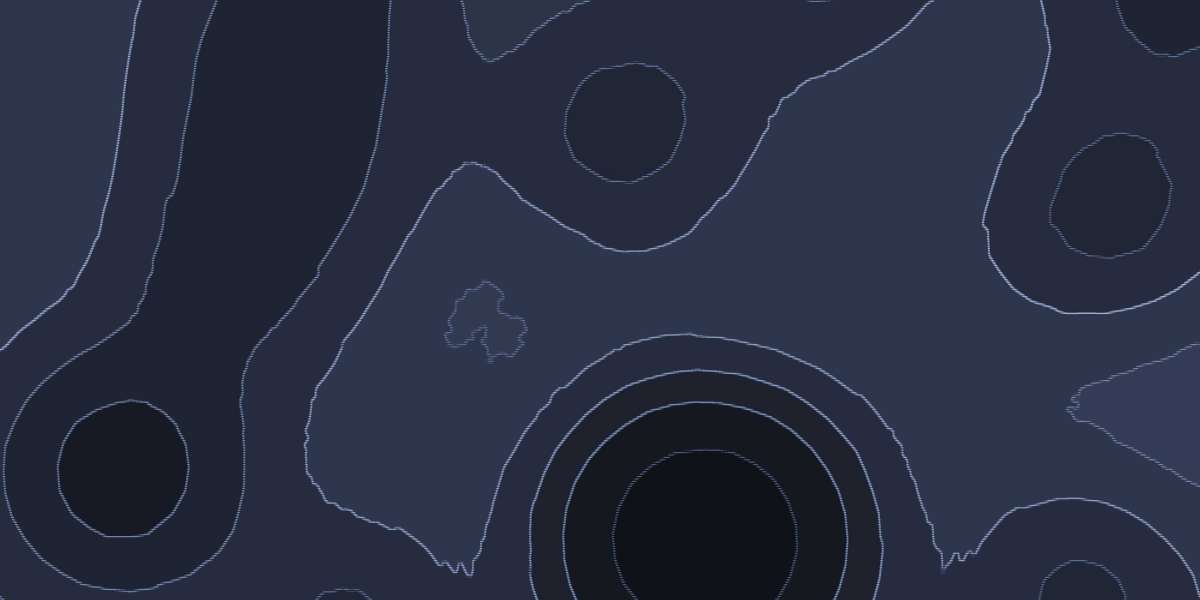When it comes to achieving professional, salon-quality haircuts, the right tools make all the difference. Among the most essential tools are Thinning Scissors and texturizing scissors—two types of shears that may look similar but serve different purposes. Understanding their functions helps stylists create desired results, from soft layers to blended finishes. If you’re looking to enhance your hairstyling toolkit with precision tools, make sure to visit samindustry for top-quality options trusted by professionals.
What Are Thinning Scissors?
Thinning scissors are designed to remove bulk and weight from the hair without changing its overall length. They typically feature one straight blade and one blade with evenly spaced teeth. Each cut removes a small amount of hair, helping to create a softer and more blended look. These scissors are ideal for people with thick or coarse hair who want a lighter, more manageable style. Stylists use thinning scissors to seamlessly blend layers, reduce volume, and refine the final shape of a haircut. The even teeth pattern ensures consistent cutting, resulting in smooth transitions and natural-looking results.
Understanding Texturizing Scissors
Texturizing scissors, while similar in appearance to thinning scissors, are designed to add movement, texture, and dimension rather than just reduce bulk. They usually have fewer teeth that are spaced farther apart, allowing them to remove larger sections of hair in a single cut. This creates a more dramatic and textured finish, perfect for layered hairstyles, shags, or modern cuts that require definition and separation. These scissors are excellent for stylists who want to add personality and depth to their client’s hair while maintaining a stylish, effortless look.
Key Differences Between Thinning and Texturizing Scissors
The main difference between the two lies in their design and purpose. Thinning scissors focus on blending and softening the hair, making them perfect for finishing touches or creating a polished, smooth result. Texturizing scissors, on the other hand, are more about styling creativity. They can be used to create choppy, feathered, or tousled effects that give the hair more life and movement. While thinning scissors have a more uniform cut pattern, texturizing scissors offer versatility and a less predictable result, which adds character to hairstyles.
When to Use Each Type
Choosing between thinning and texturizing scissors depends on the hair type and the desired result. Thinning scissors are best suited for thick or heavy hair that needs volume control and blending, especially around the crown and ends. Texturizing scissors are ideal for fine or medium hair when the goal is to enhance texture, add volume, or achieve a more natural, layered finish. Skilled stylists often use both tools in combination—first thinning to manage bulk, then texturizing to add flair and movement.
Conclusion
Both thinning and texturizing scissors play vital roles in professional hairstyling, but knowing when and how to use them can elevate the quality of your cuts. Whether you’re aiming for a sleek, blended finish or a lively, textured style, choosing the right scissors is key. For reliable, high-quality tools designed for precision and comfort, consider exploring the range available at samindustry and take your hairstyling craft to the next level.














